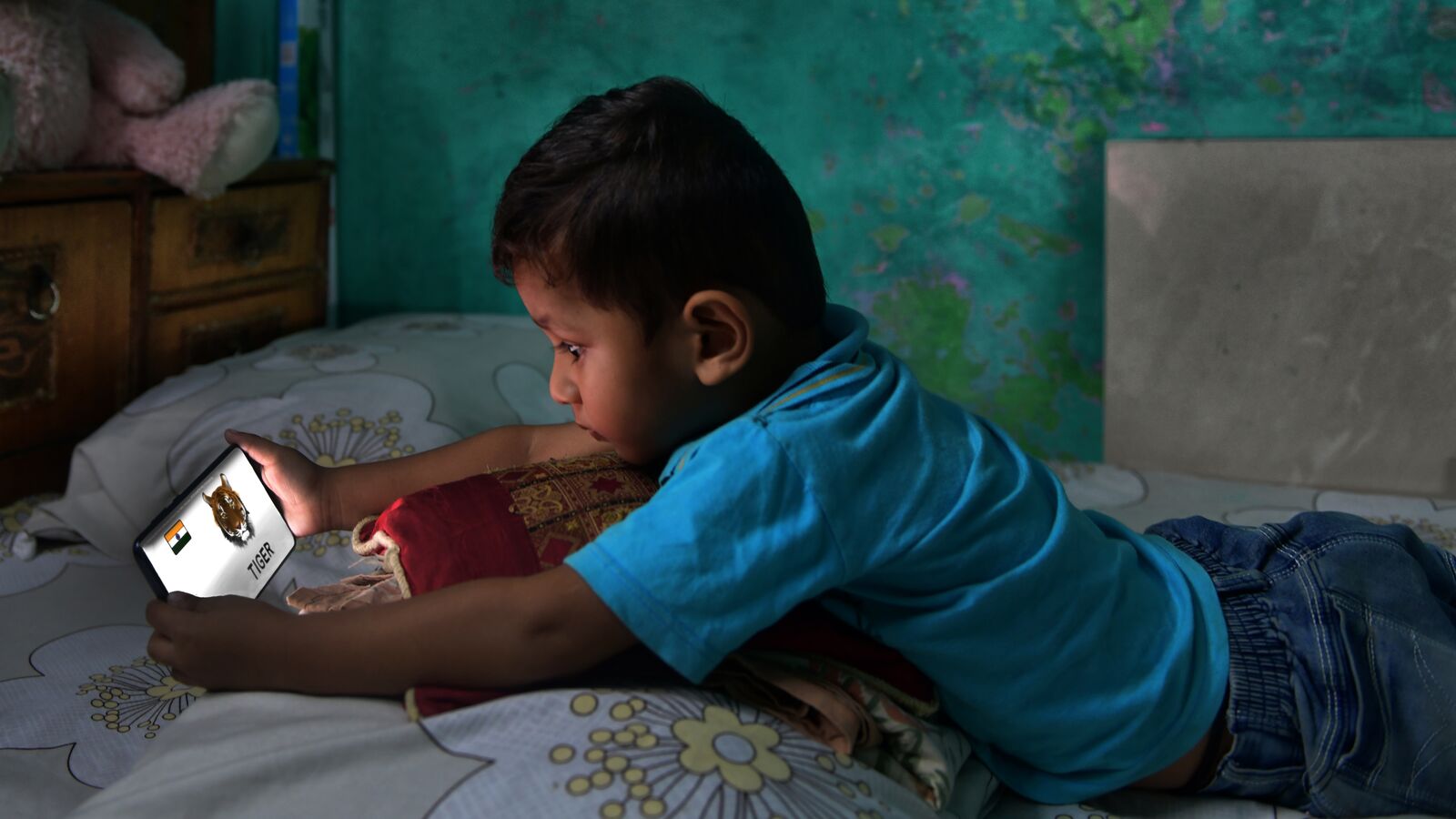COVID-19 Project Overview
COVID-19 forced nearly 320 million children in India to shift to online learning, a tremendous hardship since many do not have access to internet or devices for education. Some government and low-fee private schools are struggling to address these issues and prevent learning gaps, with prolonged closures deepening the crisis.
To help, Teach for India (TFI) is leveraging educational technology to bring the classroom to children virtually while also working toward a long-term shift in how students do self-learning. TFI serves children from marginalized sections of society, including daily wage earners and migrant workers.
Blended learning has propelled educators across the world to literally think outside the box, which was our four-walled classrooms, and adapt to the new normal in order to empower our students and make sure that learning doesn’t stop.
Medhavi Anand, 2019 Fellow
How it Helps
Fifty percent of about 15,000 students studying in government schools in Mumbai, Delhi, and Pune do not have digital access, according to TFI’s research. To address this issue in the short term, TFI and partners are providing 1:1 access for home-based learning for all those children. TFI teacher fellows integrate a variety of digital education materials during their virtual classroom sessions to ensure children reach pre-COVID-19 engagement and learning levels.
As children start returning to in-person school or hybrid models, TFI is developing strategies to reboot learning and is identifying solutions for continued device access. In its partner schools, TFI provides five to seven devices for a class of 35 students to enable blended learning in classrooms. Additionally, TFI is creating a library of 4,000 tablet devices equipped with internet access. Two students will share each device, with pairs determined by the proximity of their homes. TFI’s goal is to ensure that students get 30% additional learning hours per week.
With this model, TFI is moving toward a 60:40 ratio of online to offline education that will increase students’ learning hours beyond the classroom and make up for a loss of valuable learning time during the pandemic.
Investing in the Future of Educational Technology
By the end of three years, TFI is looking to create replicable blended learning best practices and equip educators to make long-term shifts that others can adopt. This includes addressing connectivity and device barriers for India’s most vulnerable families. The program is charting the roadmap for a future where children get equal opportunities to access quality education — both at home and in the classroom — with parent and teacher involvement.

